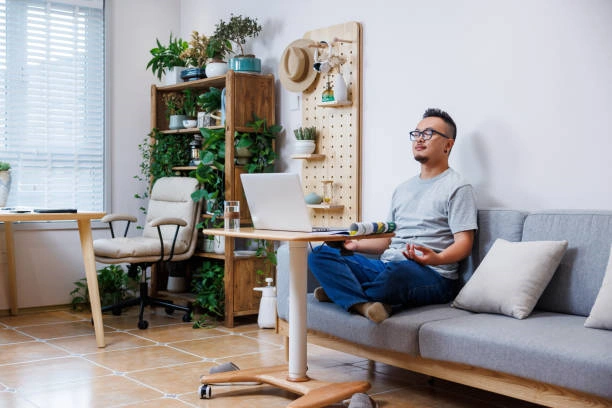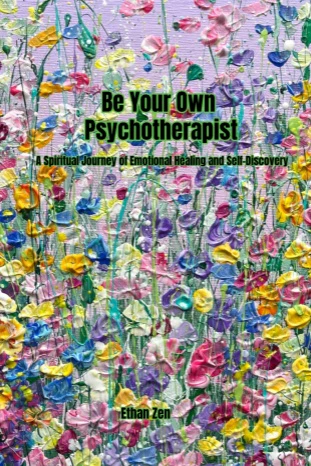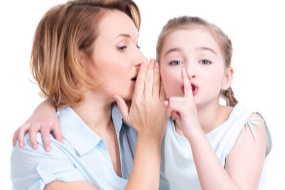The Most Correct and Effective Way to Meditate: You've Been Doing It Wrong
Meditation is simply a way to calm a scattered and restless mind. The key aspect of meditation is not in the technique itself, but in the spirit — your commitment and genuine belief that meditation helps to steady your mind. You can cultivate inner peace through meditation. We sincerely recommend you to check our ebook In this book, you may can look for the right answer.
1. Posture
Sit like a mountain — stable, resolute, and grand. Pay special attention to keeping your back straight, upright like an arrow, and steady as a mountain. Avoid forcing anything. The lower spine has a natural curve that should be relaxed but not slouched. The head should balance comfortably on the neck. The shoulders and upper body give strength and beauty to your posture, maintaining balance without tension.
Sit cross-legged. Double-lotus position isn’t necessary; what’s important is keeping your spine straight. Double-lotus is more emphasized in advanced yoga practices.
Keep your eyes open, which is crucial. If you’re easily distracted, you can close your eyes briefly to focus inward, helping you concentrate. Once your mind is calm, open your eyes gradually and you’ll notice a more serene gaze. Look downward at a 45-degree angle along the line of your nose. Here’s a tip: when your mind is restless, lower your gaze; when drowsy, raise it.
Opening your eyes helps in several ways. First, it keeps you alert. Second, meditation is not about escaping reality or withdrawing into a vague state; rather, it directly helps us understand ourselves and connect with life and the outer world.
Slightly part your lips as if about to let out a gentle, relaxed “Ahh” sound. Breathe through your mouth, with hands resting comfortably on your knees. This posture is known as the “Light and Relaxed Heart” position.
2. Three Methods to Train in Meditation
There are many ways to meditate, with 48,000 methods to tame and ease negative emotions. For city dwellers with busy lives, the three simplest and most effective methods are:
- Observe Your Breathing
- Focus on an Object
- Chant a Mantra
- Observe Your Breathing: Place your attention gently on your exhalation, focusing more on the out-breath, and breathe naturally. While practicing, avoid any mental commentary, analysis, or inner dialogue. Don’t mistake continuous mental labeling (“Now I’m inhaling, now exhaling”) for true mindfulness; what’s important is pure awareness in the moment.
- Focus on an Object: Place your mind gently on an object. Many find this approach helpful. You can choose any natural object that inspires you, like a flower, crystal, or statue.
- Chant a Mantra: Try this mantra: Om Ah Hung Benza Guru Pema Siddhi Hung. At first, it may feel unfamiliar, but with practice, it becomes easier. Alternatively, if you prefer, choose a different mantra.
The Right Mindset for Meditation
Do nothing; just let things be. A meditation master once described it as “letting the mind hang in empty space, clinging to nothing.” Don’t be overly serious or think of meditation as some special https://kdp.amazon.com/en_US/bookshelf?ref_=kdp_kdp_TAC_ritual. Don’t even consider that you’re meditating. Keep your body natural, your breath natural, and imagine yourself as boundless space, embracing the universe.
Thoughts and emotions will surface during meditation. Does this mean meditation isn’t working? Not at all.
When people start meditating, they often report that their thoughts become chaotic, even more so than before. This is normal and a good sign. It doesn’t mean your mind is messier; instead, you’re quieter and finally noticing the mind’s natural chaos. Don’t get discouraged or quit. Whatever thoughts arise, stay alert and keep your focus on your breath, even amid the turmoil.
3.Taking Breaks
People often ask: What time of day is best for meditation? How long should each session be? Is twenty minutes in the morning and evening good?
Yes, meditating for twenty minutes morning and night feels great, but it’s not the only way.
Beginners should keep meditation sessions short. Sit for four or five minutes, then rest for a minute. During your break, let go of the meditation technique.
Meditate Anytime, Anywhere
If you find it difficult to meditate in a busy urban home, consider hiking or spending time in nature, which is always healing. Everything in life can be part of meditation. A smile, a face in a subway, a flower blooming from a crack in the pavement, the fabric in a store window, sunlight on a potted plant by the window… find beautiful moments everywhere, and stay aware.











